Best Ways to Secure Your Email Account
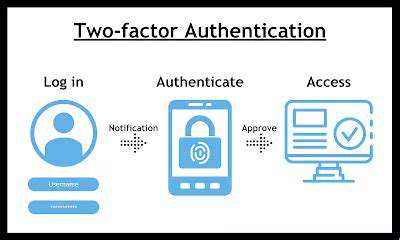
Understanding Two-Factor Authentication
Two-factor authentication (2FA) adds an extra layer of security to your accounts by requiring two forms of verification. This significantly strengthens your online presence by making it far more difficult for unauthorized individuals to access your accounts, even if they manage to obtain your password. This added security is crucial in today's digital landscape, where online threats are constantly evolving. Protecting your sensitive information is paramount, and 2FA plays a vital role in achieving that goal.
Essentially, 2FA requires a user to provide not only their password, but also a second piece of evidence, such as a code from a mobile device or a security token. This second factor acts as a crucial barrier against unauthorized access, as it makes it considerably harder for attackers to gain access even if they have your password.
Implementing 2FA for Enhanced Security
Implementing 2FA is a straightforward process, typically involving a few simple steps. Most online platforms offer integrated 2FA setup options. These options often include receiving one-time codes via SMS, authenticator apps like Google Authenticator, or dedicated security keys. These methods provide a high degree of protection against unauthorized access attempts, significantly reducing the risk of account compromise.
Choosing the right 2FA method depends on your personal preferences and security needs. Consider the convenience and security of each option before making your decision. Evaluating the potential risks and benefits associated with each method is essential for a secure and personalized approach to account protection.
Benefits of Using Two-Factor Authentication
The benefits of using 2FA extend beyond simply enhancing your security posture. It allows you to maintain control over your online presence by protecting your data and personal information. By adding this extra layer of security, you can significantly reduce the risk of identity theft and other cybercrimes. This peace of mind is invaluable in today's interconnected world.
Furthermore, 2FA enhances the reliability of your online activities, ensuring that only authorized individuals can access your accounts. This translates to greater confidence in the security of your online transactions and interactions. This increased confidence is a powerful benefit for individuals and organizations alike.
Types of Two-Factor Authentication Methods
Various methods are available for implementing 2FA, each with its own strengths and weaknesses. SMS-based codes are a common choice, leveraging existing mobile phone infrastructure. Authenticator apps provide a more secure alternative, generating codes on your smartphone or tablet. Hard security keys offer the strongest protection, acting as physical tokens that cannot be easily duplicated or compromised. Understanding the nuances of each method is crucial for making an informed decision.
Each method has its pros and cons. For example, SMS-based codes are convenient but vulnerable to interception. Authenticator apps are generally more secure, but require a device with internet access. Security keys offer the highest level of protection, but might require additional setup and cost.
Choosing the Right 2FA Method for Your Needs
Selecting the appropriate 2FA method depends heavily on your individual circumstances and security priorities. Consider factors like the sensitivity of the data you're protecting, your comfort level with different technologies, and the potential risks associated with each method. Careful consideration of these factors will ensure that you choose the 2FA method that best suits your needs. Thorough research and understanding of the various options are essential for making an informed decision.
Ultimately, the best approach is to employ 2FA across all your critical online accounts. This proactive measure can significantly reduce the likelihood of unauthorized access and protect your valuable information. Prioritizing security with 2FA is a crucial step in navigating the digital world safely.
Email Security Best Practices: Beyond the Basics
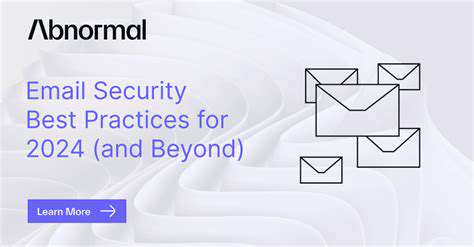
Email Security Best Practices: Avoiding Phishing Scams
Phishing scams are a significant threat to individuals and organizations alike, and understanding how to identify and avoid them is crucial for maintaining email security. These scams often involve deceptive emails designed to trick recipients into revealing sensitive information, such as usernames, passwords, or credit card details. Phishing attempts can be very convincing, often mimicking legitimate businesses or individuals, so it's important to be vigilant and question any email that requests personal information or prompts you to click on suspicious links. Always verify the sender's legitimacy before clicking on any links or downloading attachments.
Be particularly cautious of emails that contain urgent requests, threats, or promises of rewards. These tactics are frequently employed by scammers to create a sense of urgency and pressure, leading to hasty decisions that can compromise your security. Instead of immediately acting on such emails, take a moment to carefully review the email's content and sender details. If anything seems suspicious, contact the purported sender through a known, verified channel to confirm the request's legitimacy.
Email Security Best Practices: Protecting Your Account
Strong passwords are essential for protecting your email account from unauthorized access. Use a unique and complex password that combines uppercase and lowercase letters, numbers, and symbols. Avoid using easily guessable passwords, such as your name, birthdate, or common phrases. Regularly changing your password and enabling two-factor authentication further enhances your account security. This added layer of protection makes it significantly harder for attackers to gain access, even if they manage to obtain your password.
Keep your email client software updated to the latest version. Software updates often include crucial security patches that address vulnerabilities and protect against emerging threats. Outdated software can leave your system exposed to various exploits, making it easier for hackers to gain unauthorized access. This proactive approach to software maintenance is vital for maintaining a robust email security posture.
Email Security Best Practices: Safeguarding Against Malware
Be extremely cautious about opening attachments or clicking links in emails from unknown senders. Malicious attachments can contain viruses, spyware, or ransomware that can compromise your system, steal your data, or lock your files. Always scan attachments with reputable antivirus software before opening them. If an email seems suspicious, even if it appears to be from a known sender, exercise extreme caution before interacting with it. It's possible the sender's account has been compromised.
Never reply to emails requesting personal information, especially if it feels urgent or suspicious. If you receive an email that requests personal information, such as your social security number, bank account details, or login credentials, it's best to contact the entity directly, using a verified contact method, to confirm the authenticity of the request.
Read more about Best Ways to Secure Your Email Account
Hot Recommendations
- Review: The New [Specific Brand] Smart Lock Is It Secure?
- Best Budget Studio Monitors for Music Production
- Top Flight Simulation Peripherals (Joysticks, Throttles, etc.)
- Top Portable Scanners for Document Management On the Go
- Reviewing the Latest Smart Air Purifiers for Your Home
- Best Portable Photo Printers for Travelers and Memory Keepers
- The Future of Personal Transportation Beyond Cars (Hyperloop, eVTOL)
- Top Network Monitoring Tools [Free & Paid Options]
- Understanding the Tech Behind mRNA Vaccines [A Look Inside]
- Guide to Choosing the Right Gaming Chair for Ergonomics
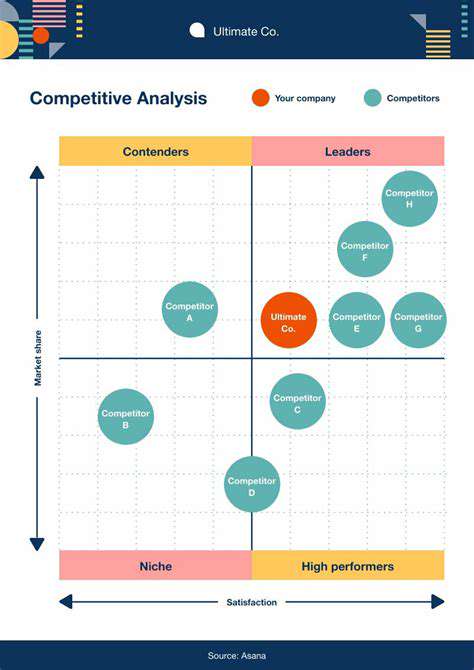
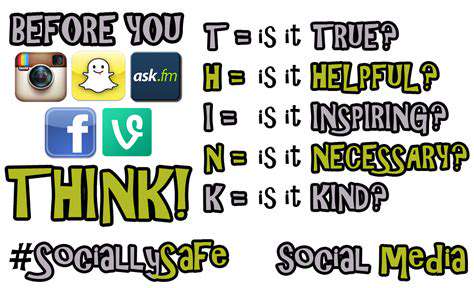
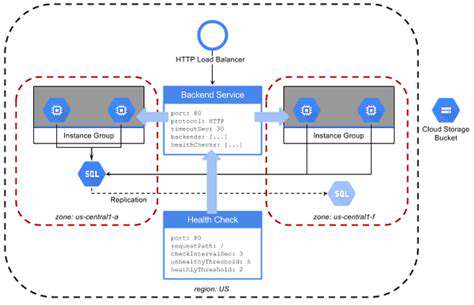

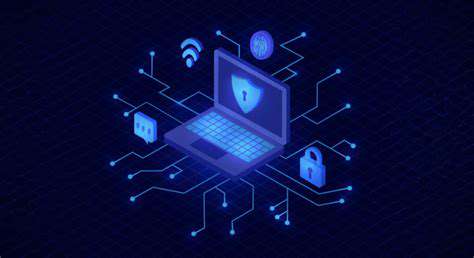





![The Latest Breakthroughs in AI Robotics [Research Highlights]](/static/images/25/2025-07/ImprovedCollaborationandHuman-RobotInteraction.jpg)
